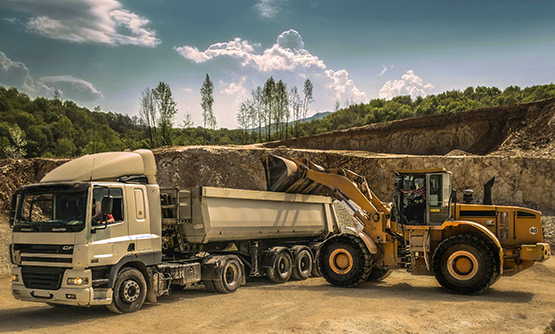As manufacturers look for innovative ways to reduce costs, increase quality and efficiency, the need to
adopt digital models to support design and development is increasingly being felt. Digital models have
been common in engineering since the late 1960s but model-based engineering is now taking center-stage as
it goes beyond the use of disparate models.
Let's look at some of the ground realities of today's manufacturing to understand why
there's a mass migration towards Model Based System Engineering (MBSE).
Why is there a mass migration towards Model Based System Engineering?

Today's manufacturers face new levels of complexity that makes product and design development even
more challenging than ever before. Complex systems of mechanical components, electronics, and software are
more often than not, operating in silos and the need of the hour is to get them to work together
seamlessly. Having them digitized is turning out to be the most effective solution yet.
Model-based Systems Engineering forms a means to achieve integration between different functions and areas
of the manufacturing process. It provides for mechanisms to drive engineering depth without increasing
costs and the end output sees improved quality with lesser defects. But the largest advantage that MBSE
gives manufacturers is that it helps in decision making. As more data gets integrated into one system, the
model tends to act as a one-stop, data-rich environment that enables quick decision making and arms them
with the ability to act on solid data points.
Here are some examples of how MBSE drives efficiency:
 Model-based Engineering moves
the record of authority from documents to digital models including M-CAD, ECAD, SysML and UML to be
managed in one single environment that can be accessed by multiple processes and subsystems.
Model-based Engineering moves
the record of authority from documents to digital models including M-CAD, ECAD, SysML and UML to be
managed in one single environment that can be accessed by multiple processes and subsystems.
 Engineering teams are able to
readily understand design change impacts, communicate design intent and analyze the performance of a
system design before it is built.
Engineering teams are able to
readily understand design change impacts, communicate design intent and analyze the performance of a
system design before it is built.
 Data-centric specifications
enable automation and optimization, allowing engineers to focus on value-added tasks and ensure that the
right approach is taken every single time.
Data-centric specifications
enable automation and optimization, allowing engineers to focus on value-added tasks and ensure that the
right approach is taken every single time.
 With integrated analytics,
tied to a model-centric technical baseline, there is a better understanding of all the systems and
subsystems involved.
With integrated analytics,
tied to a model-centric technical baseline, there is a better understanding of all the systems and
subsystems involved.
 An integrated end-to-end
modeling environment enables the manufacturer to understand all the items that could impact a design and
determine resolutions before a bolt is lifted on the factory floor.
An integrated end-to-end
modeling environment enables the manufacturer to understand all the items that could impact a design and
determine resolutions before a bolt is lifted on the factory floor.
To successfully manage MBSE, manufacturers are in need of systems engineering practices and experts who
can help them make the transition. They need partners that are able to handle all the needs of MBSE not
only from the technology point but also from the change management standpoint. Having a partner that has a
strong engineering and manufacturing DNA is a crucial part of a successful MBSE adoption and today, more
and more manufacturers are realizing its importance.













